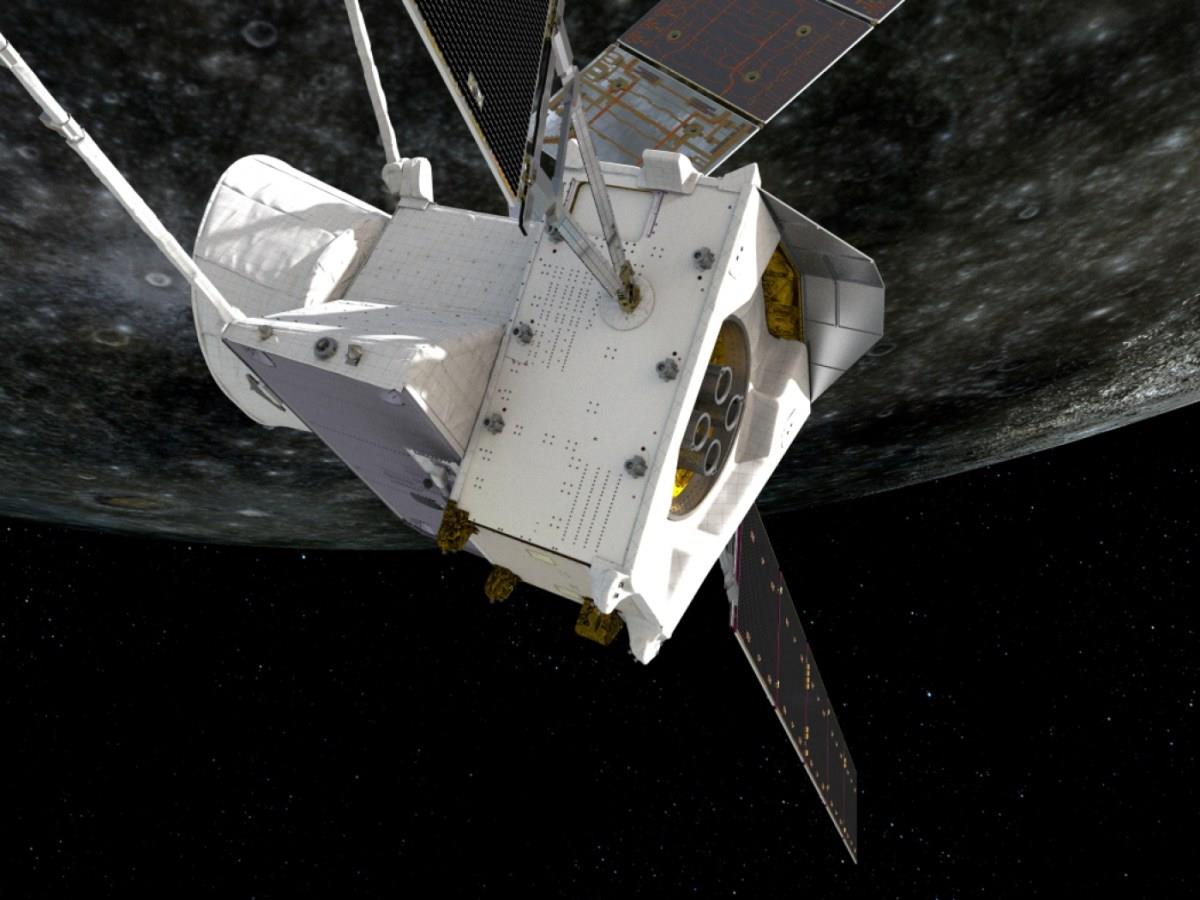
Space Probe Close To Entering Mercury's Orbit
- Deutsch de Raumsonde“Bepicolombo” ist dem Merkur näher gekommen denn je Original Read more: Raumsonde“Bepicolombo” ist dem Merkur näher gekommen denn j
The European-Japanese space probe has thus come closer to Mercury than ever before, the European Space Agency (ESA) announced on X on Wednesday. At 06:58 Swiss time, it was only 295 kilometers away from the surface of the planet.
+Get the most important news from Switzerland in your inbox
The flyby was intended to give the probe the necessary gravitational boost to enter an orbit around the innermost planet in our solar system in 2026.
During the flyby, Bepicolombo passed the night side of Mercury and then switched to the sunlit side, as ESA explained in a statement before the flyby. According to the researchers involved in the mission, including scientists from the University of Bern, this offers a unique opportunity to study the permanently shadowed craters at Mercury's north pole.
Managing in the shadowAccording to ESA, one of the biggest challenges during this flyby was the long time the solar-powered probe spent in the shadow of Mercury. For more than 23 minutes, Bepicolombo had to make do without direct sunlight and had to rely solely on its batteries.
More In space exploration, Switzerland punches above its weightNobel laureates, an exoplanet telescope, and instruments on board 50 space missions: In space, Switzerland is everywhere.
Read more: In space exploration, Switzerland punches above its weighBepicolombo was launched on October 20, 2018 on its journey to the smallest and least explored planet in our solar system. The University of Bern is the project leader for two instruments on board the ESA orbiter: a mass spectrometer called 'Strofio', which will analyse Mercury's atmosphere, and a laser altimeter called 'Bela' (Bepicolombo Laser Altimeter), which will create a 3D image of Mercury's surface.
Adapted from German by DeepL/ac

Legal Disclaimer:
MENAFN provides the information “as is” without warranty of any kind. We do not accept any responsibility or liability for the accuracy, content, images, videos, licenses, completeness, legality, or reliability of the information contained in this article. If you have any complaints or copyright issues related to this article, kindly contact the provider above.






















Comments
No comment